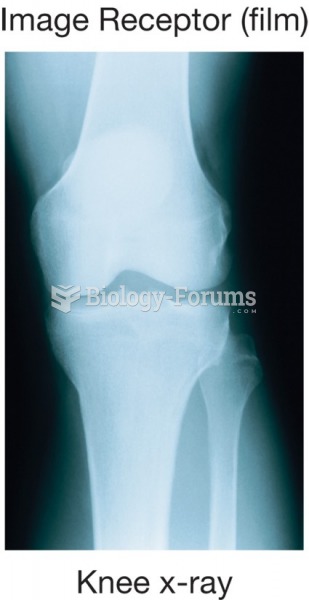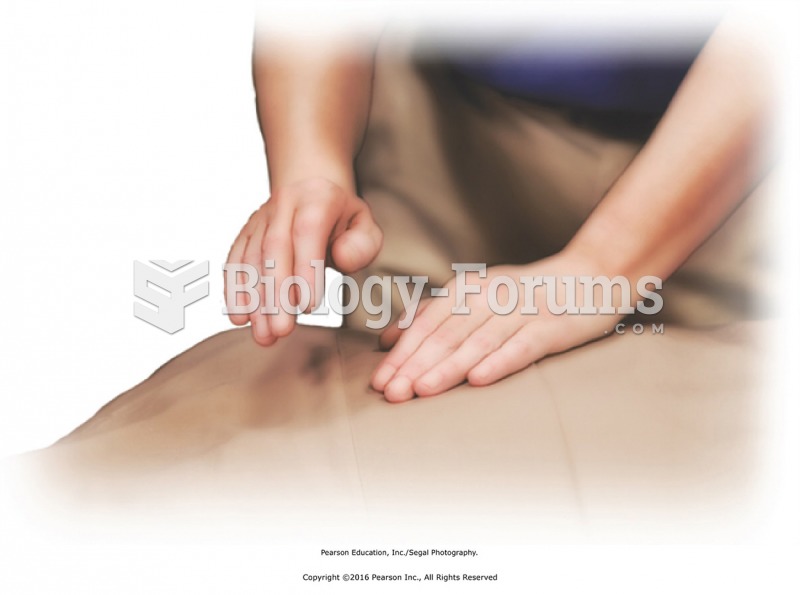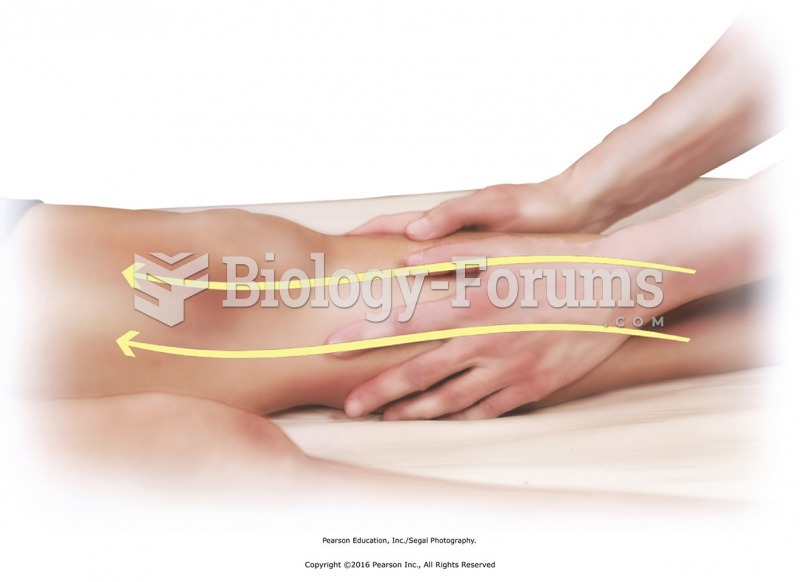|
|
|
Computer programs are available that crosscheck a new drug's possible trade name with all other trade names currently available. These programs detect dangerous similarities between names and alert the manufacturer of the drug.
Barbituric acid, the base material of barbiturates, was first synthesized in 1863 by Adolph von Bayer. His company later went on to synthesize aspirin for the first time, and Bayer aspirin is still a popular brand today.
A recent study has found that following a diet rich in berries may slow down the aging process of the brain. This diet apparently helps to keep dopamine levels much higher than are seen in normal individuals who do not eat berries as a regular part of their diet as they enter their later years.
Stroke kills people from all ethnic backgrounds, but the people at highest risk for fatal strokes are: black men, black women, Asian men, white men, and white women.
As of mid-2016, 18.2 million people were receiving advanced retroviral therapy (ART) worldwide. This represents between 43–50% of the 34–39.8 million people living with HIV.
 Frederic Edwin Church conveyed the romantic sensibility in Twilight in the Wilderness (1860). The cl
Frederic Edwin Church conveyed the romantic sensibility in Twilight in the Wilderness (1860). The cl
 Bones do not allow the X-ray beam to pass through them, resulting in an image of the bones on the ...
Bones do not allow the X-ray beam to pass through them, resulting in an image of the bones on the ...
 Preoperative photograph of a 43-year-old Caucasian male with necrotizing fasciitis on the day of ...
Preoperative photograph of a 43-year-old Caucasian male with necrotizing fasciitis on the day of ...
 When both sides of the back have been massaged, redrape the back. With light to moderate force, use ...
When both sides of the back have been massaged, redrape the back. With light to moderate force, use ...



